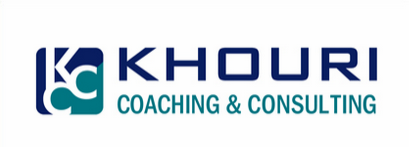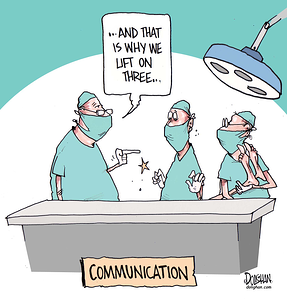Leaders need to have a good grasp of both the big picture and the details. It is the best way to ensure success of your initiatives. Some leaders may be good at establishing, communicating, and motivating followers around the big picture. Some leaders may be good at digging into the details and know what is going on. Strong leaders do both well.
First, let's define both terms. The big picture is a broad, overall perspective with a long-term view of a project or issue. The details are the particular tasks and items that need to be accomplished to fulfill the big picture. As the saying goes, "the devil is in the details." If the leader does not understand enough about the details, they may not be supporting the path to the big picture. Conversely, if the leader does not see the big picture they could become too caught up in micro-managing the details and "miss the forest for the trees."
A great example of this is the software quality assurance (QA) process. The Software QA group focuses on the overall quality of the product to ensure that quality is built into the process throughout the software development life cycle. By focusing on the details, the Software QA team will ensure the proper testing of the software during that phase of the life cycle.
QA is testing the software to ensure overall quality, and it is not enough. You cannot test quality into the software; it needs to be built into the whole process from project startup and requirements gathering to implementation and rollout.
When a pilot takes off, he knows his destination and stays focused on that for the entire trip. It is fascinating to note that 90% of the time, the airplane is actually off track. During this time, the pilot is using the instrumentation (note, paying attention to the details) to get the plane back on track. The only way to do that effectively, is to know the final destination (the big picture).
focused on that for the entire trip. It is fascinating to note that 90% of the time, the airplane is actually off track. During this time, the pilot is using the instrumentation (note, paying attention to the details) to get the plane back on track. The only way to do that effectively, is to know the final destination (the big picture).
Successful leaders keep their team focused on the big picture and remind them the reasons they are working so hard to deliver on time and on budget. Successful leaders also understand enough about the details to provide support to the team, to remove barriers, and to ensure the details are supporting the big picture. It is easy to get off track and get so focused on a detail that, in the end, will not help contribute to the ultimate goal.
Don's Coaching Questions:
- What is the successful outcome (aka, big picture) of your current project?
- How well do you understand the details?
- What adjustments do you need to make to get back on track?




 r, communicating with all of those people around him / her, and must provide the right information to the right people in the right format for it to be effective. Too much and too little information is not appropriate.
r, communicating with all of those people around him / her, and must provide the right information to the right people in the right format for it to be effective. Too much and too little information is not appropriate.